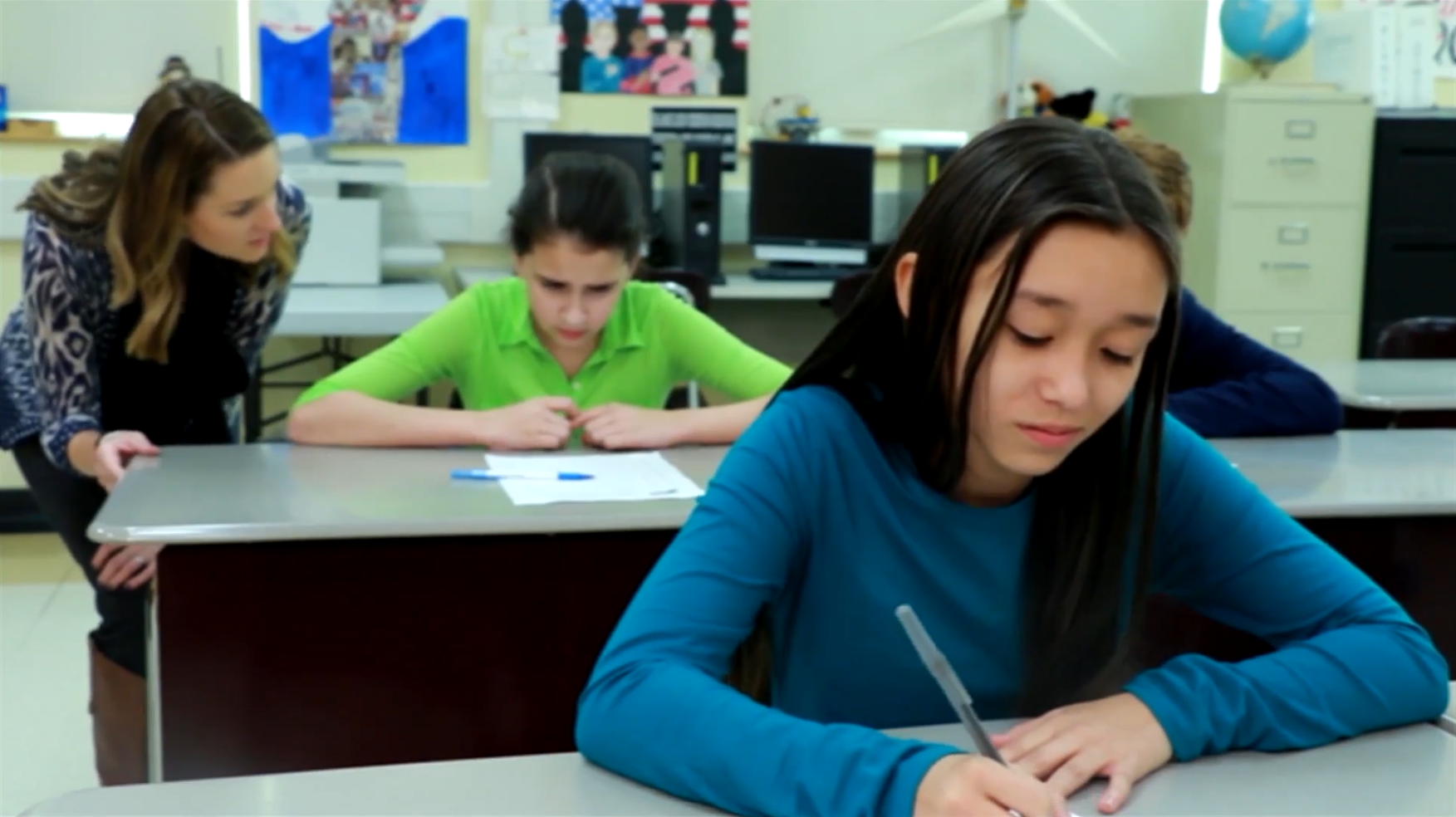
Introduction
It’s not uncommon for students to encounter distractions in the classroom, whether it’s from classmates making noise, acting silly, or getting upset. As educators, it’s essential to teach students how to ignore these distractions and stay focused on their work. In this blog post, we’ll explore an easy-to-implement, no-prep activity that helps students learn to ignore others’ distracting behaviors and maintain their concentration on learning. We’ll also discuss related skills and provide some discussion questions to further enhance understanding.
No-Prep Activity: The Distractor Challenge
This activity requires no preparation or materials from the educator and can be easily incorporated into any classroom setting. To begin, divide the class into pairs. One student will take on the role of the “distractor,” while the other will be the “worker.” The distractor’s job is to create distractions, such as making noises, moving around, or talking. The worker’s task is to complete a simple assignment, like solving a math problem or writing a sentence, all while ignoring the distractor’s antics.
After a set time (e.g., 1-2 minutes), have the students switch roles. Once both students have had a chance to be both the distractor and the worker, bring the class together for a discussion to reflect on the experience. This activity reinforces the importance of staying calm, not engaging with distractions, and focusing on the task at hand.
Discussion Questions
- How did it feel to be the worker trying to ignore the distractor? What strategies did you use to stay focused?
- How did it feel to be the distractor? Did you notice any changes in your own behavior as the worker continued to ignore you?
- What are some real-life situations where you might need to ignore distractions? How can you apply the strategies you learned in this activity?
- Why is it important to stay calm when faced with distractions? How does staying calm help us make better choices in these situations?
- How can we support our classmates when they are struggling with distractions? What can we do to create a more focused learning environment?
Related Skills
Teaching students to ignore distracting behaviors is just one aspect of fostering a positive learning environment. Other relevant skills that can be incorporated into classroom instruction include:
- Active listening: Encouraging students to truly listen to others and make an effort to understand their perspective.
- Self-regulation: Helping students develop the ability to manage their emotions and behaviors in various situations.
- Conflict resolution: Teaching students to address disagreements and conflicts in a constructive, respectful manner.
- Cooperation: Promoting teamwork and collaboration among students, both within the classroom and during group activities.
Next Steps
Now that you have some ideas for teaching students to ignore distracting behaviors and stay focused, consider exploring additional resources and activities to reinforce these skills. To access free sample materials, including lessons and activities that promote social-emotional learning, please visit Everyday Speech’s sample materials page. By incorporating these resources into your classroom, you can help students develop the skills they need to succeed in both their academic and personal lives.

